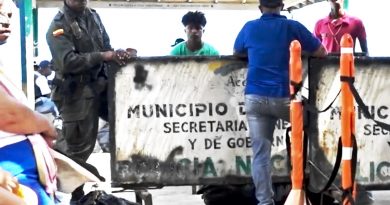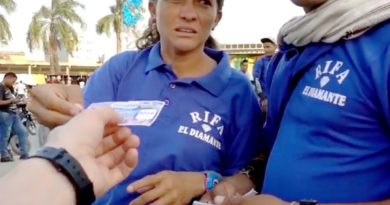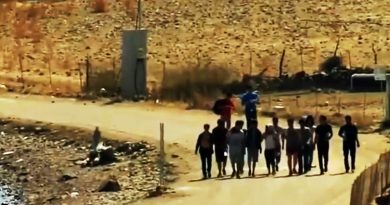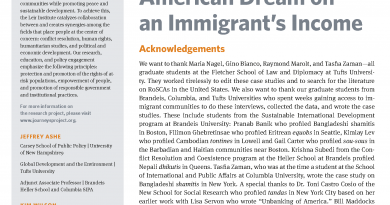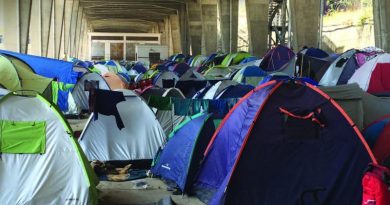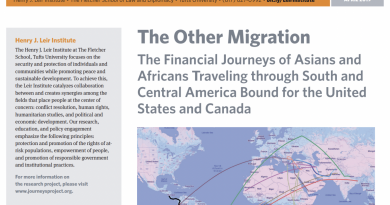The Other Migration, Part 2: Journey Through the Darién Gap
Migrants and refugees who have fled to South America may attempt to travel up through Central America in search of safety and stability in the US or Canada. This journey involves crossing one of the world’s most dangerous jungles: The Darién Gap, along the border of Colombia and Panama. In part two of this three-part series, learn about this perilous leg of the migration journey.
Read More
